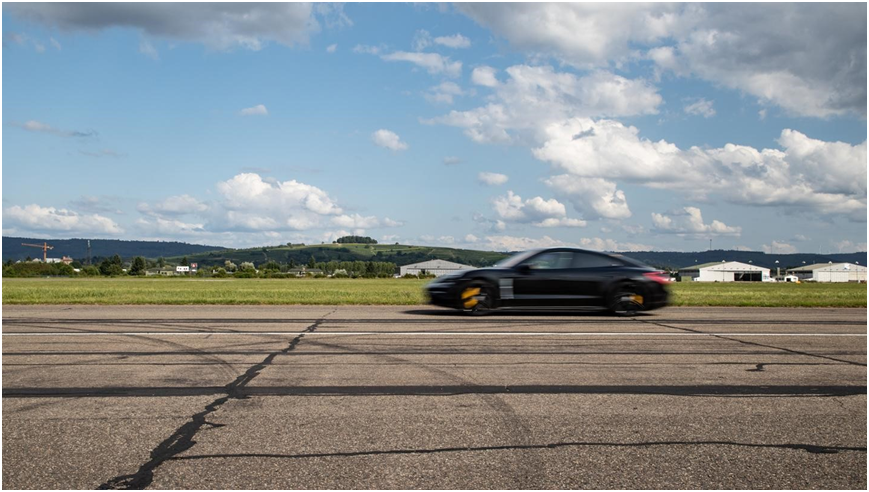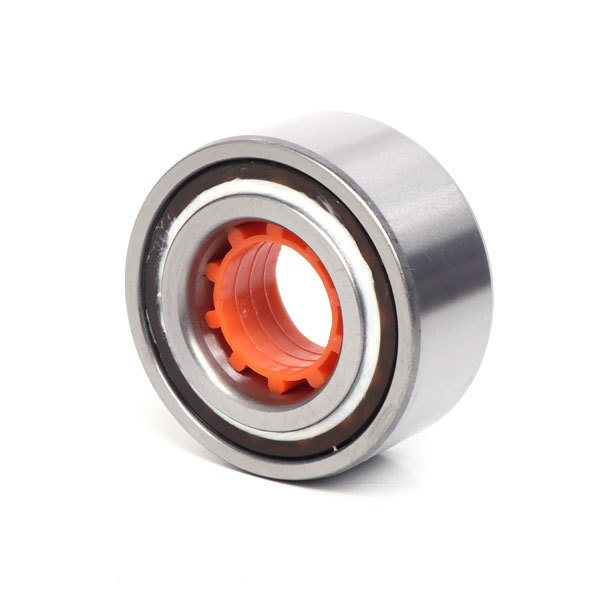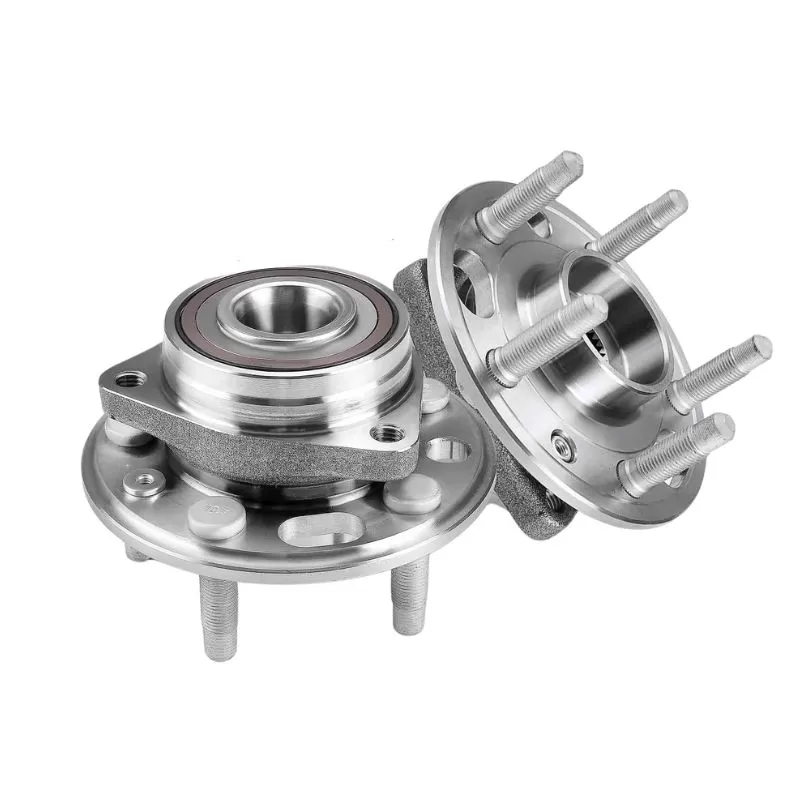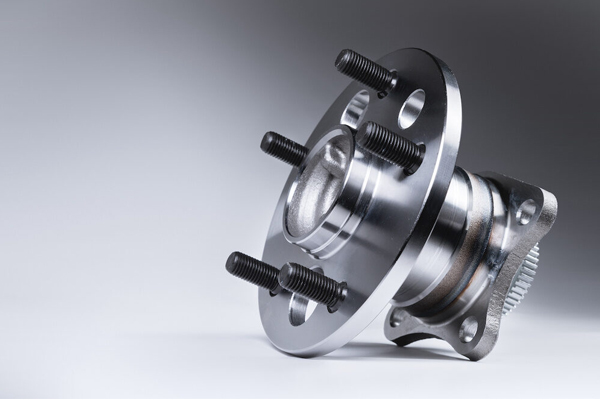Newsroom
How Driving Habits Affect the Lifespan of Hub Bearings?
2025-04-24Hub bearings are critical components that connect the wheels to the suspension system, supporting vehicle load and enabling smooth rotation. Proper driving habits not only help extend bearing life but also enhance driving safety. Below are common driving behaviors that may negatively impact the service life of hub bearings:

1.Sudden Acceleration and Braking
Frequent sudden acceleration or hard braking significantly increases the impact load on hub bearings. This accelerates wear on the contact surfaces between the balls and raceways, ultimately reducing hub bearing lifespan.
2.Prolonged High-Speed Driving
Continuous driving at high speeds (especially above 80 km/h) raises the temperature of hub bearings, accelerating oxidation and loss of lubricant grease. As lubrication deteriorates, metal-to-metal contact may occur, leading to internal damage.

3.Driving Through Water
When passing through waterlogged roads, moisture may seep into hub bearing, causing the grease to emulsify and degrade. Over time, this loss of lubrication promotes corrosion and accelerated wear.
4.Frequent Turning and Lane Changes
Sharp turns or frequent lane changes place additional radial load on one side of the hub bearing. This uneven stress can lead to localized fatigue damage on the raceways.
5.Off-Road or Unpaved Surface Driving
Driving on rough terrains such as potholes or gravel roads exposes hub bearings to continuous vibration and impact loads. This may result in mechanical damage to the balls or cage, affecting overall bearing performance.

Tips to Extend Hub Bearing Life:
- Drive Smoothly: Avoid sudden acceleration or braking. Anticipate traffic conditions to reduce abrupt maneuvers.
- Control Speed: On long drives, reduce speed to 60–80 km/h every two hours for about 10 minutes to allow the bearings to cool.
- Avoid Driving Through Water: After water exposure, inspect bearing seals and replenish grease if necessary.
- Perform Regular Inspections: For vehicles driven aggressively or on poor road conditions, shorten the bearing maintenance interval to every 30,000 km, checking for proper clearance and lubrication.

For more information, feel free to contact QIBR


